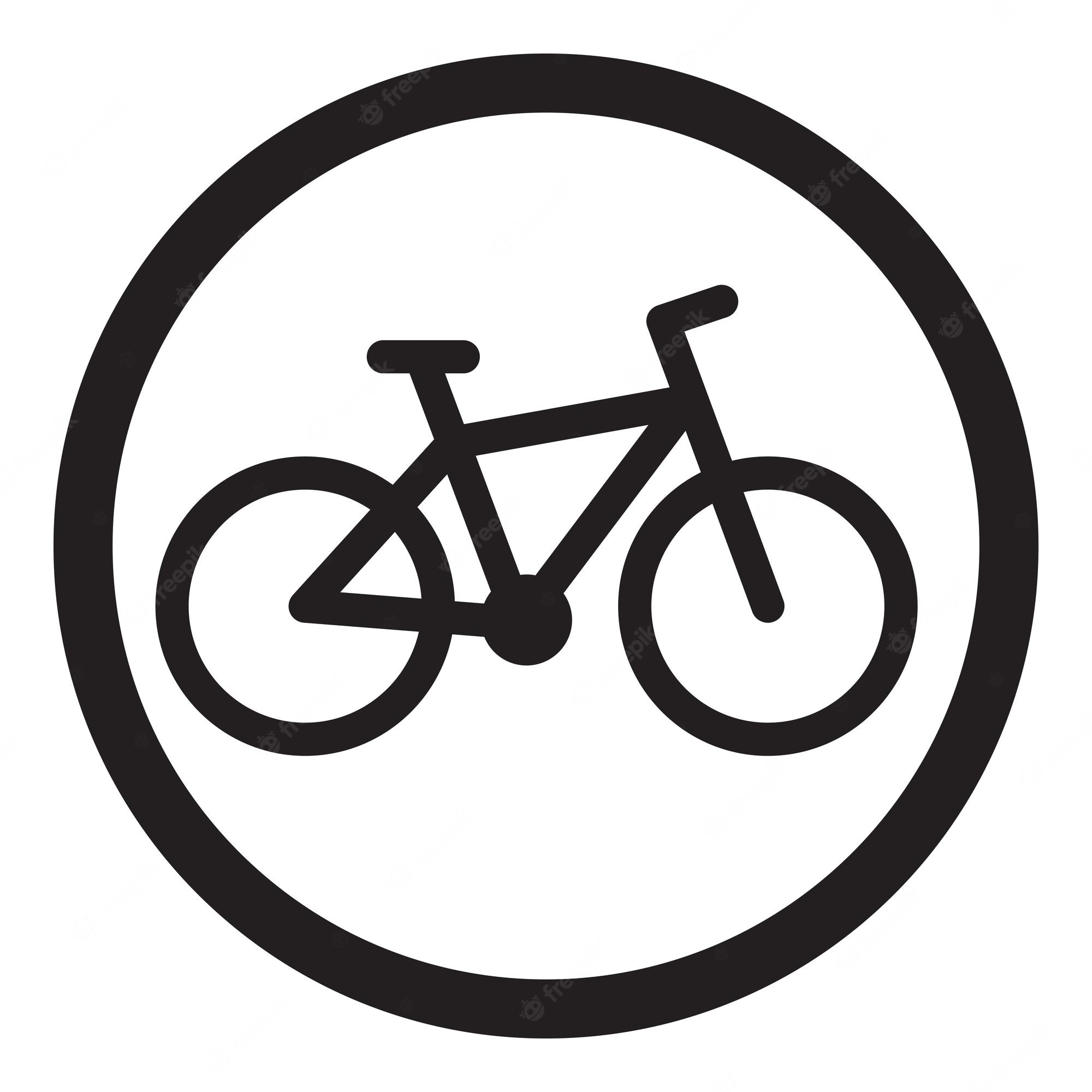Hi, I hope this is the right place to ask. I decided to start commuting by bike as it’s only about 15 minutes each way. So I got my first bike and learned how to ride. It’s a cheap Chinese MTB from my country’s version of amazon. This was a few months ago now. Since then I’ve been riding almost everyday and taking longer trips along the river trail near my home.
So I’m thinking about getting a lower end Shimano groupset. But I’m wondering what I’ll get out of upgrading. Will there be a noticeable difference in performance? Smoother shifting? More speed in top gear?
Thanks for any insight you can share :) any essential gear recommendations would be great too!


Before looking at groupsets, look at weight.
You always start with weight. Buy a light frame, be amazed, and then start upgrading other parts later.
Tyres are normally next and for a commuter bike that’s MTB style I recommend you’re using 27.5 (if you like jumping around and swerving) or 29" (if you like speed and ease), with tyres like Big Bens or many of Continentals ones similar. Low rolling resistance, very durable for punctures, super grippy on seal, dry grass, and dirt.
Already at this point, you will have more speed, ease, and response than getting new gears put onto an Amazon bike.
But if you want to go further, then you start looking at decent affordable gearing like Shimano’s Deore. You won’t need anything beyond that unless you start getting hardcore.
But better yet, just buy a good setup based around the frame. Like any Giant Talon, Rockhopper, Big Nine, and just upgrade bits and pieces later. Though most bikes like that will come with Deore groupset versions and you’re good to go. If the Deore packages are too much, just get what’s in your budget with good tyres—it’ll ride way better than what you have—and slap a better groupset/derailleur on later if the cheaper one feels too clunky.
I was once like you and I learned the hard and expensive way
This is really helpful! Thanks! From what you and everyone has said I think I’ll skip the gearing for now. If it breaks or something it’ll be a fun project to replace them later. So will big tires change the turning radius? I have 27.5 now. I’m interested in trying 29s but I do sometimes have to avoid cars and pedestrians as I don’t have many bike lanes lol
Yes, turning becomes harder and if you’re not snappy enough with your bike yet, getting through pedestrians at low speed is definitely more challenging. However, the pay off is getting up to and maintaining speed and absorbing bumps.
Sticking with 27.5 is fine. MTBs used to be 26, then 29ers came out, then 27.5 came out as an in between of speed and smoothness of 29, but agility of 26. I have both and prefer my 29er for commuting and light trailing/cross trail, and prefer 27.5 everything else. I used to commute 27.5, but had a lot of uphill and funky obstacles and shortcut sections over around 32 min trip. Once I moved to a flatter and more open town, I switched to 29 for the cruising. They are faster, but more of a handful.